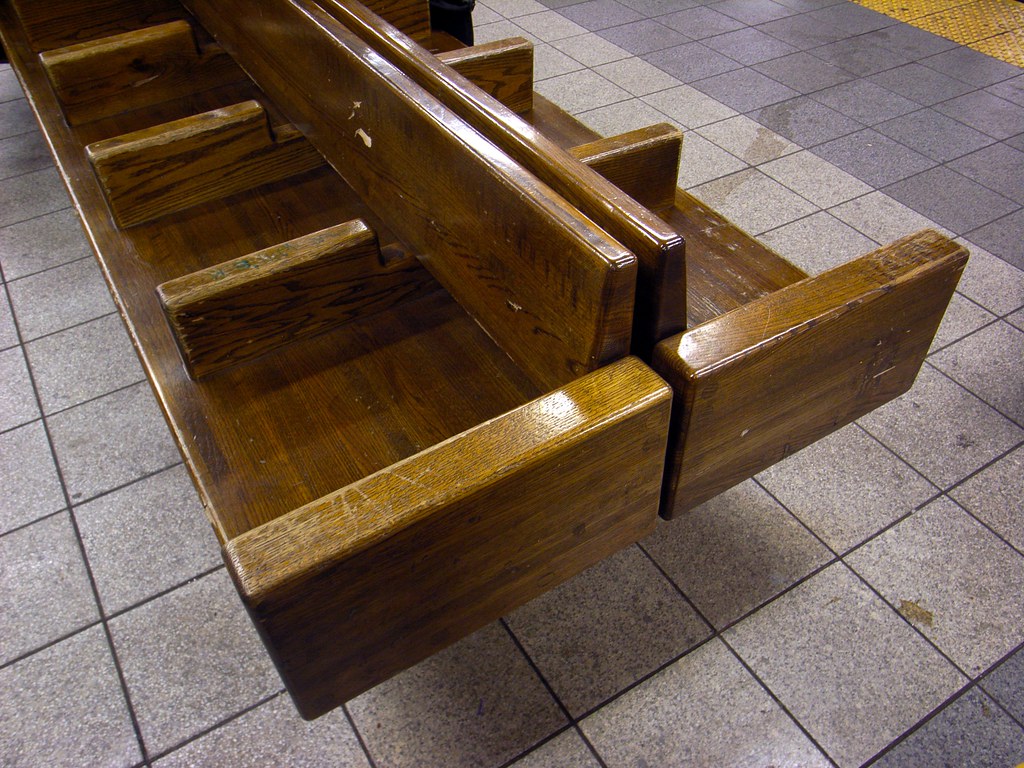
Some buses don’t run when driver shifts remain empty.
Officially, the MTA Board voted to approve $93 million worth of service cuts earlier this week. Those cuts will go into effect at the end of June and will include a massive restructuring of bus service and the elimination of two subway lines. Under the table, the MTA has, according to a recent report, been scaling back service to cut down the number of overtime hours it pays out as well.
In amNew York today, Heather Haddon writes of cuts through unfilled shifts. When a bus driver calls in sick, the MTA will, instead of filling that shift with a driver set to make $42 an hour as overtime pay, simply allow the buses to miss their scheduled runs. She writes:
To save money, the MTA has reduced the number of drivers used as subs for those who call in sick, resulting in the cancellation of scheduled trips, according to union officials and transit advocates. Up to 15 trips a day have been canceled in at least seven Brooklyn depots in recent weeks, forcing straphangers to wait for an extra 20 minutes at times, they said. In Manhattan, the already sluggish crosstown buses have also taken a hit, union sources said.
“If they cut it any more, it’s useless. It’s just faster to walk as it is,” said Billie Swarztrauber, 61, who recently waited 25 minutes for the crosstown M23 to show up.
A transit spokesman could not confirm the service reduction Thursday, but the cash-strapped agency has been trying to curb the nearly $500 million a year it spends on overtime. Filling the trips is expensive, with drivers earning an average of $42 an hour to work overtime.
The MTA has had a touch-and-go relationship with overtime over the last few years, and this hidden cut seems to be one way to attack what some — but not all — view as a problem. Earlier this year, New York State Comptroller Thomas DiNapoli urged the authority to cut its overtime spending. The agency had, he said, spent $577 million in 2008 with five percent of those taking home overtime pay earning 30 percent of the total payouts. Some LIRR engineers pocketed over $200,000.
At first, I was surprised by the overtime numbers. Yet, with the assist of frequent commenter Niccolo Machiavelli, I picked up a different perspective. Niccolo wrote a lengthy defense of overtime and highlighted how it can be cheaper to pay for overtime than to hire more employees. Meanwhile, as he did it, the $577 million in overtime came to approximately 4.5 hours per week of overtime per worker, a figure in line with the national average.
What the authority appears to be doing here is saving through a service cut without making it official. It doesn’t cost the MTA anything not to run buses, and in fact, they save by avoiding extra man-hours. As with every cut, the commuters are the ones who draw the short straw. People wait for a bus that won’t arrive to show up and are left irate indeed.


 For many New Yorkers, the name Robert Van Wyck will conjure up images of traffic on the expressway near JFK Airport that bears his name. Perhaps some will know him as the city’s first mayor after the five boroughs were unified, and others will know tales of the way Van Wyck’s ice trust scandal cost Tammany Hall the 1901 mayoral election.
For many New Yorkers, the name Robert Van Wyck will conjure up images of traffic on the expressway near JFK Airport that bears his name. Perhaps some will know him as the city’s first mayor after the five boroughs were unified, and others will know tales of the way Van Wyck’s ice trust scandal cost Tammany Hall the 1901 mayoral election. 
